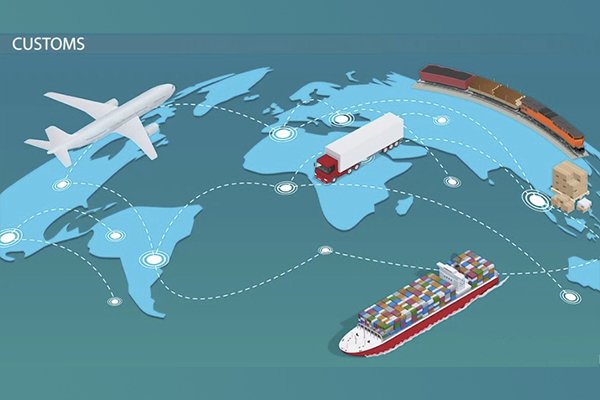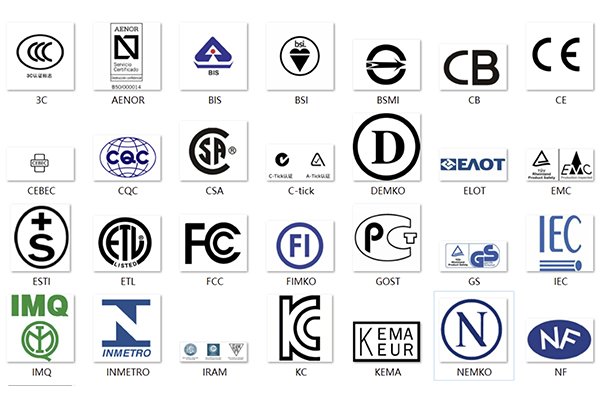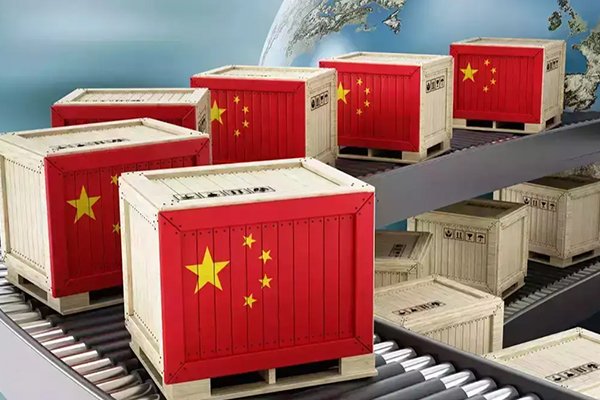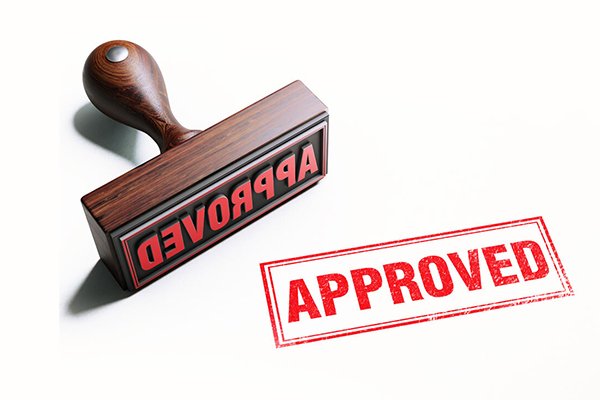Power Strip Import Guide: Certifications, Customs, and Common Risks

Importing power strips can seem straightforward, but overlooking key certifications, customs rules, or common risks can quickly become costly. As an importer, knowing exactly what to expect—and how to prepare—is essential.
This guide covers essential certifications, customs clearance tips, key import risks, and how to identify reliable suppliers when importing power strips from China.
Essential Certifications1 for Power Strips: CE, UL, FCC, and More

Compliance certifications are critical when importing electrical goods—especially power strips. The main certifications include:
- CE (Europe): Mandatory for all EU imports, ensuring product conformity with European safety, health, and environmental protection standards.
- UL/ETL (USA): Certification indicating product safety and compliance with U.S. electrical safety requirements.
- FCC (USA): Required for electronic power strips, ensuring compliance with electromagnetic interference standards.
- RoHS (Global): Restricts hazardous substances to promote environmental safety.
Ensure that your supplier provides valid certificates and genuine test reports from accredited labs, as missing certifications can halt your products at customs.
Navigating Customs Clearance2 When Importing Power Strips

Customs clearance can be challenging, but thorough preparation reduces risks significantly. Key considerations include:
- HS Codes3: Correctly classify power strips (typically under HS Code 853669) to avoid delays or incorrect tariff charges.
- Documentation: Prepare and double-check your commercial invoice, packing list, certificate of origin, and test reports or certificates (CE, UL, FCC, etc.).
- Duties & Taxes4: Clearly understand import duties, tariffs, and VAT applicable to your country to avoid surprises.
- Labeling Requirements: Ensure your power strips include all required labels, warnings, and instructions in the destination country’s language.
Proper documentation and clear labeling speed up customs clearance and minimize costly delays.
Top 5 Import Risks5 and How to Mitigate Them

Here are the five most common risks and simple ways to handle them effectively:
| Risk | Mitigation Strategy |
|---|---|
| Quality Issues6 | Conduct pre-shipment inspections (third-party QC) |
| Delayed Shipments | Negotiate clear delivery deadlines with penalties |
| Customs Hold-Ups | Prepare complete documentation in advance |
| Non-Compliant Certifications | Verify certificates from trusted third-party labs |
| Supplier Reliability | Perform factory audits or rely on vetted sources |
Proactive management of these risks can greatly reduce stress and financial exposure.
How to Choose a Reliable Power Strip Supplier in China

The supplier you choose is often the difference between import success and costly failure. Here’s what to look for:
- Experience & Specialization: Choose suppliers with extensive experience specifically in power strips.
- Certifications & Test Reports: Verify they possess authentic, up-to-date compliance certificates (CE, UL, FCC, RoHS).
- Transparent Communication: Reliable suppliers openly share production details, respond promptly, and offer clear documentation.
- Production Capacity & Facilities: Visit the factory or request virtual audits to ensure quality equipment, professional production lines, and efficient QC procedures.
- References & Reviews: Look for positive feedback from other importers, ideally from your target markets.
Taking time to vet your supplier upfront will protect your investment and ensure smoother long-term cooperation.
Conclusion
Importing power strips can offer significant business opportunities if approached carefully. Understanding essential certifications, streamlining customs processes, proactively addressing risks, and selecting reliable suppliers are keys to smooth and profitable import operations. With diligent preparation, you can confidently manage your power strip imports and position your business for lasting success.
Looking for help with supplier verification or compliance support? Feel free to reach out—we’re here to help.
-
Understanding essential certifications like CE and UL is crucial for compliance and safety in your imports. ↩
-
Navigating customs clearance effectively can save you time and money, ensuring your products reach you without delays. ↩
-
Correct HS codes are essential for avoiding customs delays and ensuring accurate tariff charges. ↩
-
Understanding applicable duties and taxes helps you budget accurately and avoid unexpected costs. ↩
-
Identifying and mitigating import risks can protect your investment and ensure a smoother import process. ↩
-
Addressing quality issues proactively can prevent costly returns and maintain your business reputation. ↩






